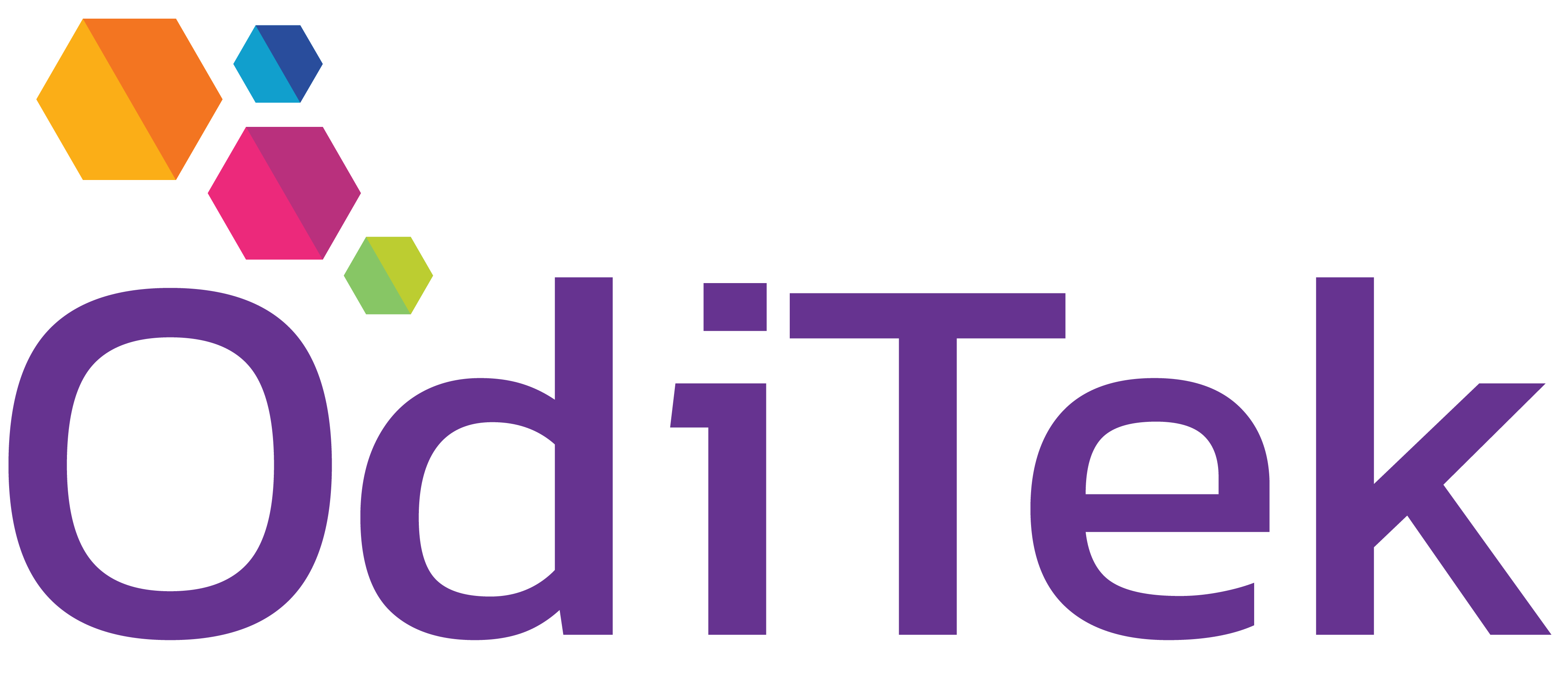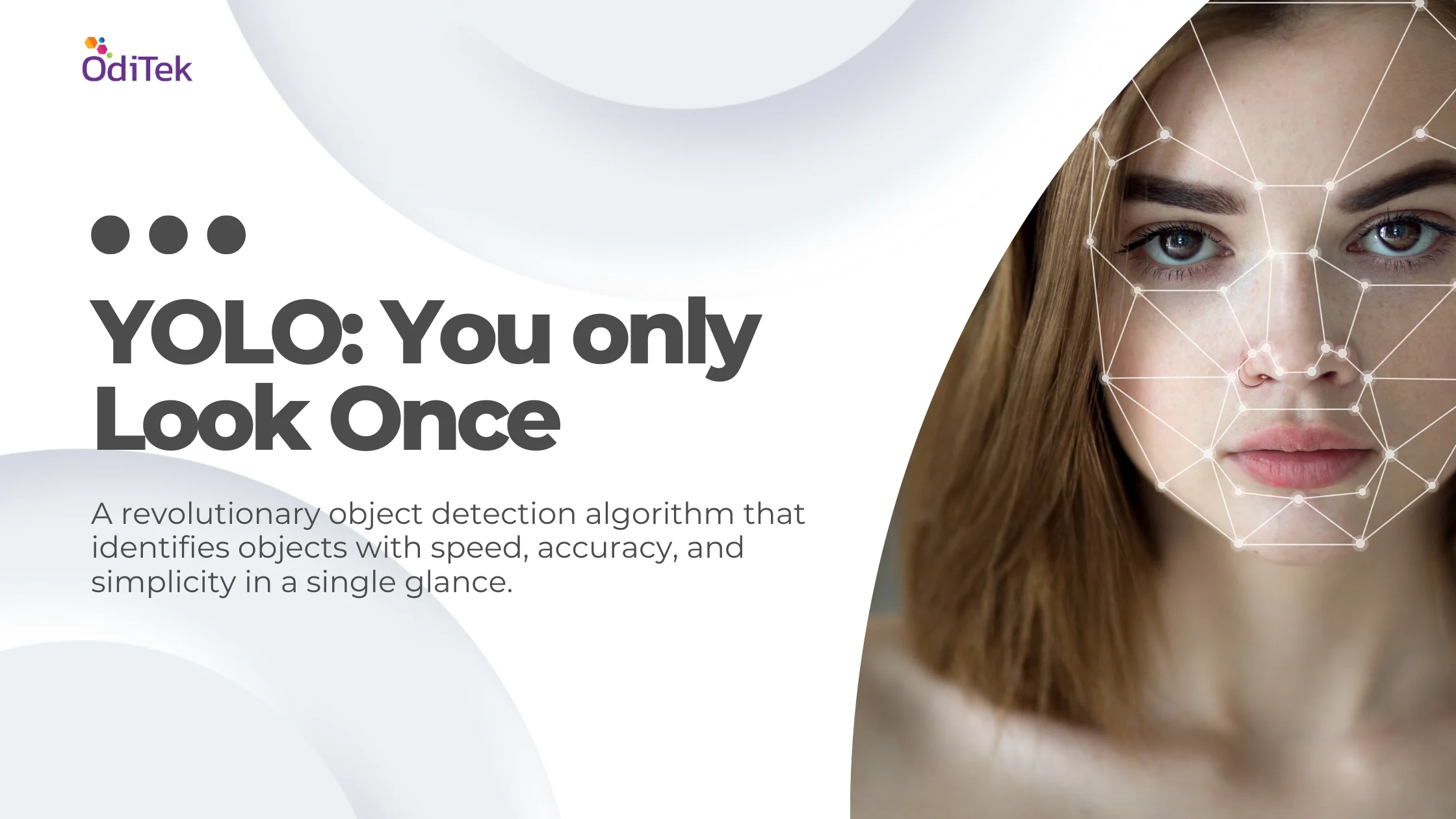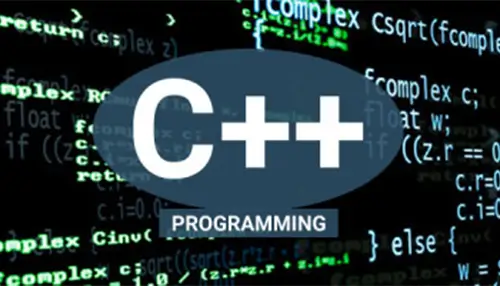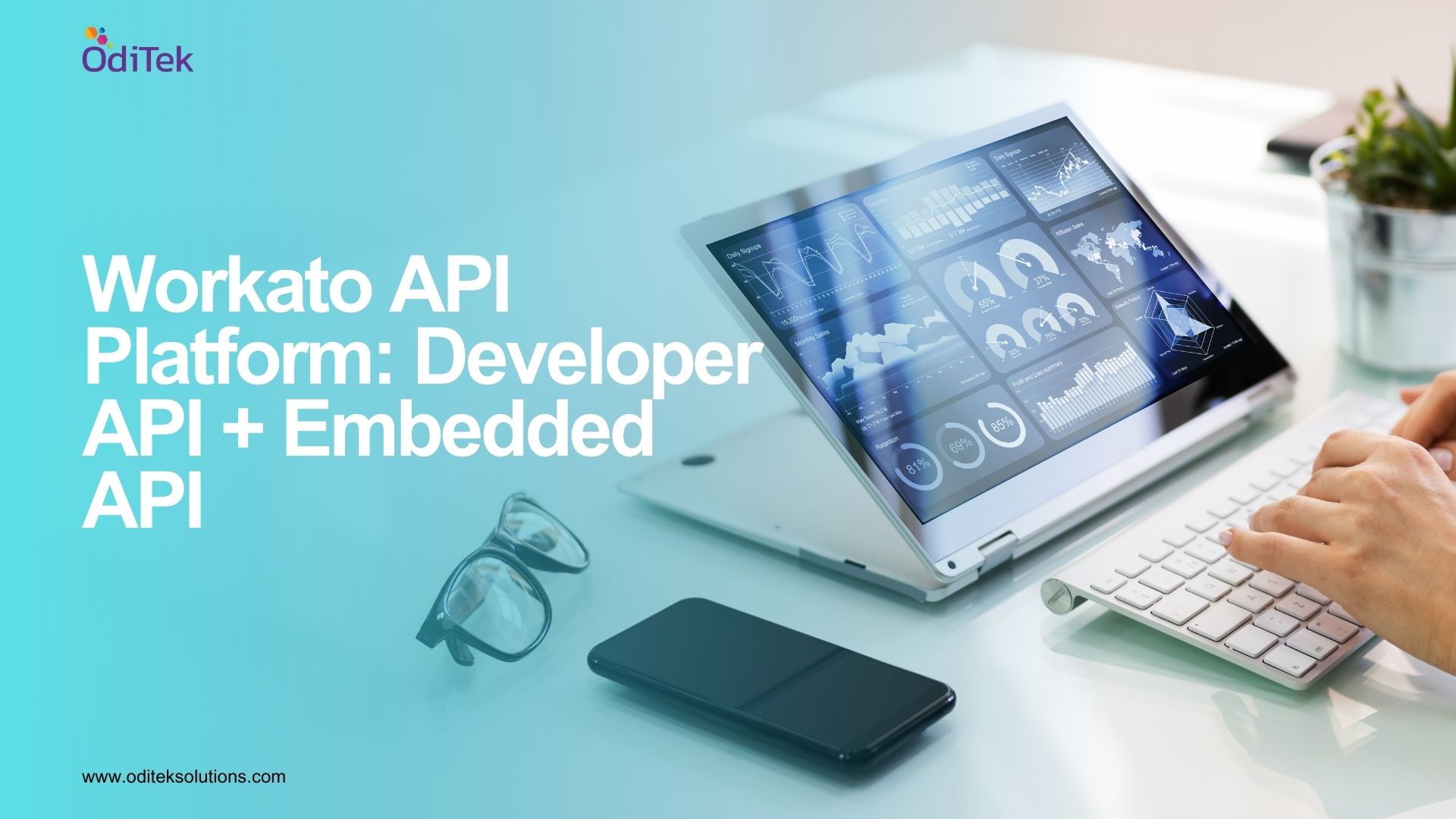Computer vision, a dynamic and burgeoning field, hinges on object detection. This technology, with its transformative potential, drives advancements in sectors as diverse as autonomous transportation and healthcare. Among the myriad object detection tools available, YOLO- You Only Look Once has carved a niche for itself due to its simplicity, speed, and accuracy. If you’re exploring modern object detection software, this blog will provide an overview of YOLO and its relevance in real-world scenarios.
What is YOLO- You Only Look Once?
YOLO, an acronym for “You Only Look Once,” is an object detection algorithm that processes an image in a single glance. Unlike traditional object detection tools that often require multiple passes over the image, YOLO simplifies the process by treating it as a regression problem. This enables YOLO to identify objects and their bounding boxes in one unified step, making it both faster and more efficient.
Key Features of YOLO
1. Single Pass Detection
YOLO processes the entire image in one pass, making it significantly faster than algorithms like R-CNN or Fast R-CNN. This single-pass approach allows for real-time object detection, enabling it to work seamlessly in high-demand applications such as video surveillance, autonomous vehicles, and augmented reality systems.
2. Unified Architecture
By combining object classification and localization into one framework, YOLO minimizes errors and improves accuracy. This unified design reduces the complexity of separate pipelines, ensuring more consistent and reliable results across varied datasets and environments.
3. Real-Time Processing
With its ability to process multiple frames per second, YOLO is ideal for applications requiring real-time object detection. It is especially useful in scenarios like live sports analysis, drone navigation, and robotics, where split-second decisions are crucial.
4. Scalability
YOLO can be trained on different datasets, making it adaptable for various industries and use cases. Its flexibility enables customization for niche applications such as wildlife monitoring, industrial automation, and urban planning.
5. Reduced Computational Load
The lightweight model architecture makes YOLO suitable for deployment on devices with limited processing power, such as mobile phones or embedded systems. This efficiency allows it to run on edge devices, reducing latency and dependency on cloud computing, which is essential for applications in remote areas or with strict privacy requirements.
Improvements in YOLO Versions
Since its inception, YOLO has undergone several iterations (e.g., YOLOv4, YOLOv5, YOLOv7, YOLOv11) to improve:
• Detection accuracy for smaller objects.
• Performance in cluttered environments.
• Compatibility with advanced hardware accelerators like GPUs and TPUs.
By leveraging advancements in neural network design, newer versions of YOLO offer state-of-the-art performance while maintaining the original algorithm’s speed and simplicity.
How YOLO Works
YOLO divides an image into a grid and assigns each grid cell the responsibility of detecting an object. For each grid cell, YOLO predicts:
1. Bounding Boxes: Coordinates representing the object’s location.
2. Confidence Scores: How certain the model is that the bounding box contains an object.
3. Class Probabilities: The likelihood of the object belonging to a specific category.
This streamlined approach reduces computational overhead, making YOLO one of the fastest object detection tools available.
Why Choose YOLO for Object Detection?
YOLO offers several advantages over traditional object detection software:
1. Speed: YOLO can process up to 45 frames per second, making it ideal for real-time applications.
2. Accuracy: Despite its speed, YOLO achieves high accuracy by leveraging convolutional neural networks (CNNs).
3. Simplicity: Its end-to-end training process and unified architecture simplify implementation and deployment.
4. Versatility: YOLO can handle multiple classes and varying object scales, making it suitable for diverse use cases.
Applications of YOLO
The versatility of YOLO makes it a popular choice across industries:
1. Autonomous Vehicles: Real-time object detection for pedestrians, vehicles, and obstacles.
2. Healthcare: Identifying anomalies in medical imaging.
3. Security: Enhancing surveillance systems with real-time threat detection.
4. Retail: Analyzing customer behavior and managing inventory.
Getting Started with YOLO
If you’re new to object detection with YOLO, follow these steps:
1. Set Up the Environment: Install a deep learning framework like TensorFlow or PyTorch.
2. Download Pre-Trained Models: Use YOLOv4 or YOLOv5 models available online to save time and resources.
3. Prepare Your Dataset: Annotate images and divide them into training and validation sets.
4. Train the Model: Fine-tune the model on your dataset for optimal performance.
5. Deploy the Model: Integrate the trained model into your application using an object detection API.
Future of Object Detection with YOLO
With advancements like YOLOv7 and YOLOv8, the algorithm continues to evolve, offering improved performance and features. These versions focus on enhancing accuracy without compromising speed, ensuring YOLO remains a leading choice among object detection tools.
Conclusion
YOLO- You Only Look Once has revolutionized object detection by simplifying the process and delivering exceptional performance. Whether you’re a developer looking to integrate object detection software into your application or an enthusiast exploring the capabilities of computer vision, YOLO provides an accessible and robust solution. As object detection tools advance, YOLO’s adaptability ensures it will remain at the forefront of innovation.
For more information about YOLO or assistance with integrating object detection software into your applications, feel free to reach out to us. Our team of experts at OdiTek Solutions are here to help you harness the full potential of this groundbreaking technology.







